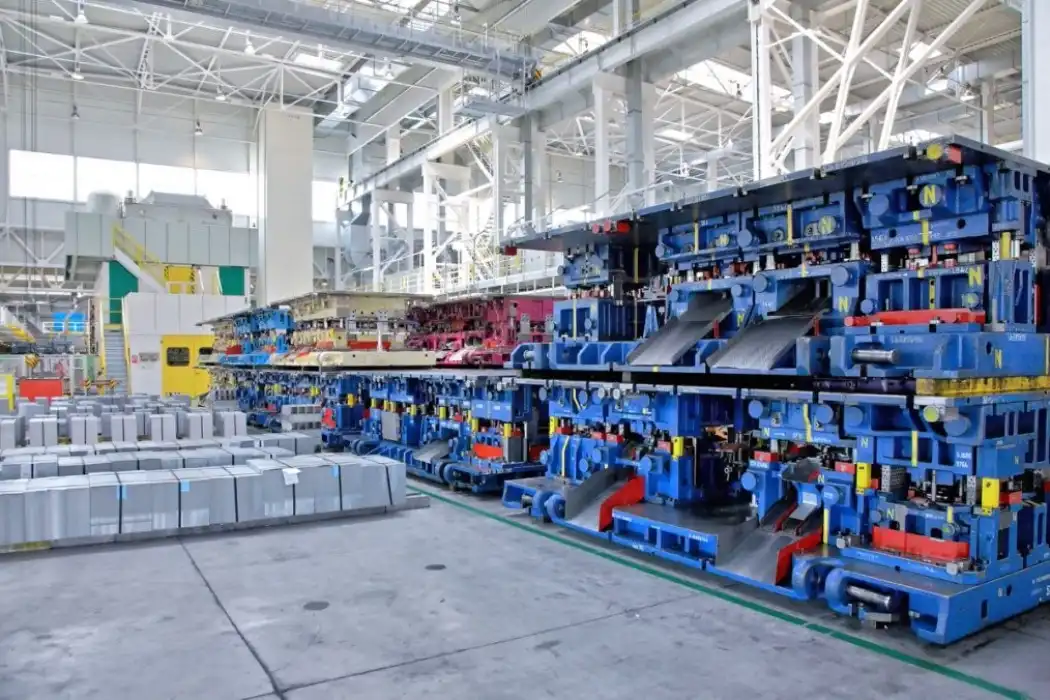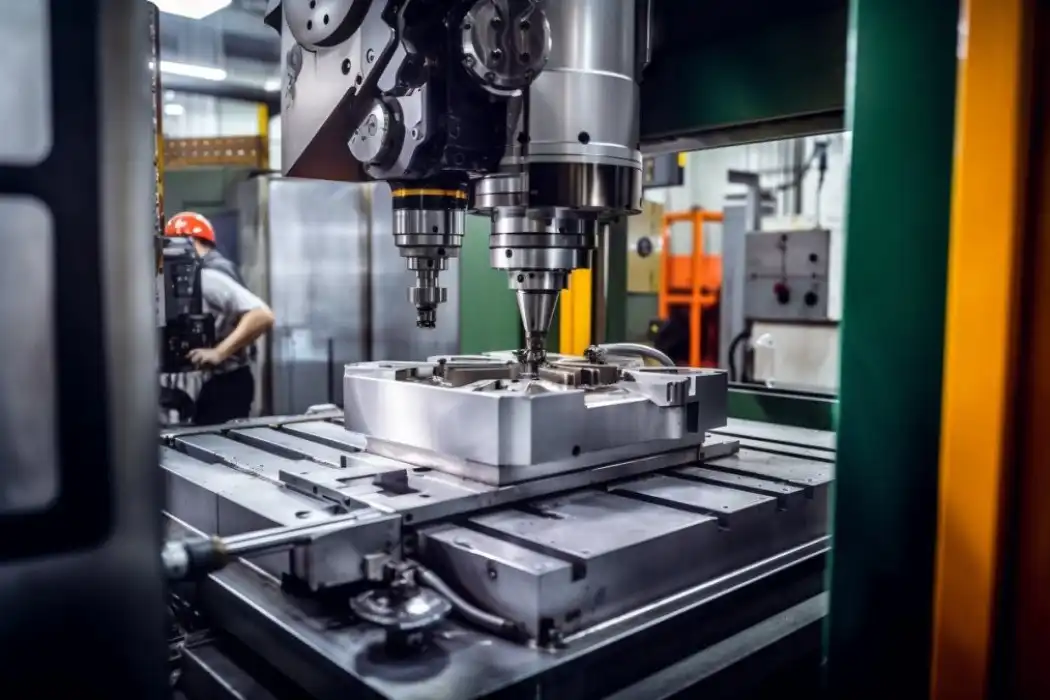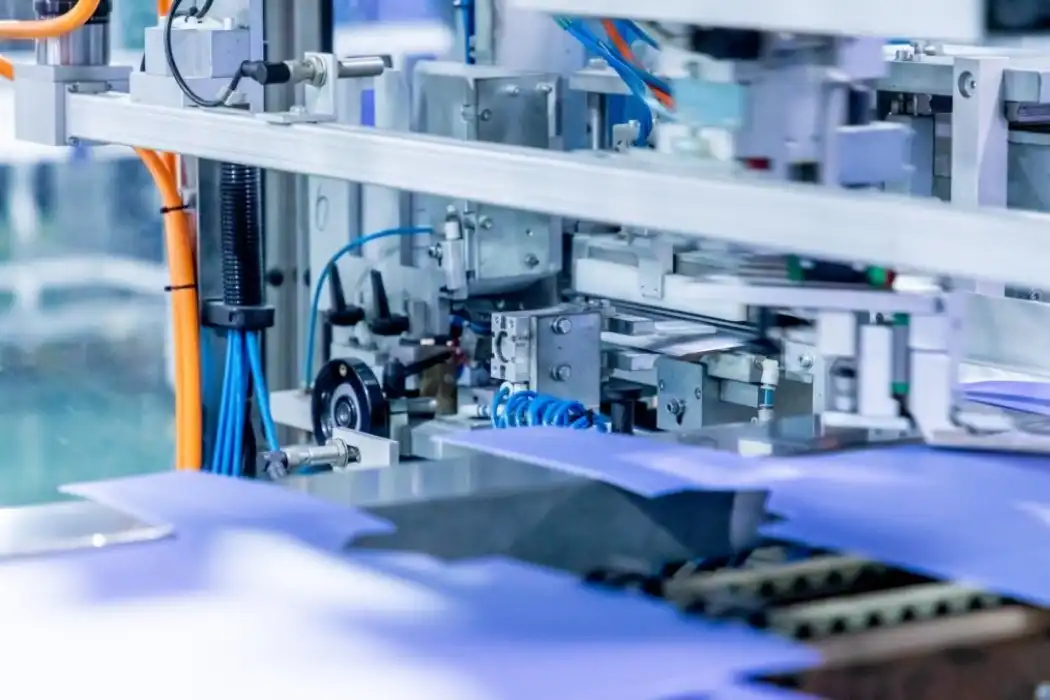Why is Low-Volume Manufacturing Better Than Traditional High-Volume Manufacturing?
Low-volume manufacturing outshines traditional high-volume production in today's dynamic market landscape. Businesses over numerous divisions select it since of its extraordinary flexibility, moo fetched, and rigid quality confirmation measures. One way that low-volume manufacturing helps firms stay ahead of the competition and respond swiftly to market demands is by allowing for quick iterations and customization. It moreover facilitates stresses approximately supplies. It takes less time and costs less up front to utilize this prepare, and it makes the things you make final longer. What are the advantages of low-volume manufacturing? This may offer assistance you get it why it is changing things and how it will alter in the future.
Advantages of Low-Volume Manufacturing
Enhanced Flexibility and Customization
Low-volume manufacturing excels in providing remarkable flexibility. It allows firms suit the needs of each consumer without having to make a lot of the same thing. This kind of flexibility is especially significant in areas like medical devices and specialist electronics where customization is quite critical. By making lesser amounts of each product, manufacturers can make sure that each one meets specific standards. This lets them quickly change designs, materials, or requirements. Because of this flexibility in production, companies may predict market trends and respond rapidly to customer feedback. This, in turn, leads to new ideas and ongoing growth.
Reduced Financial Risk
One of the most significant advantages of low-volume manufacturing is the mitigation of financial risk. Traditional high-volume production often requires substantial upfront investments in tooling, inventory, and storage. To the contrary, low-volume manufacturing permits lesser upfront expenditures, facilitating the testing of new goods or the entry of specialized markets without the need to overcommit resources. In sectors where technology is evolving at a quick pace or where customer tastes are constantly shifting, this strategy is essential for reducing the likelihood of unsold inventory and obsolescence. Businesses can keep their cash flows healthy and make better use of their resources if output is more closely tied to demand.

Improved Quality Control
Quality control becomes more manageable and effective in low-volume manufacturing scenarios. With smaller production runs, it's easier to implement rigorous inspection processes and maintain high standards throughout the manufacturing cycle. This level of close inspection is hard to achieve in places where a lot of things need to be made quickly, which can sometimes mean sacrificing quality. When manufacturers work with low volumes, they can give each unit more time and care, which leads to better craftsmanship and a lower chance of defects. This careful method works especially well in fields where accuracy is very important, like high-end consumer electronics or aircraft parts.
Economic Impact of Low-Volume Manufacturing
Cost-Effectiveness in Specialized Markets
Low-volume manufacturing presents a cost-effective solution for businesses operating in specialized or niche markets. Customized products are often needed in these areas, which means that mass production can't work financially. Companies can make small amounts of specialized things without having to worry about having too much inventory or having to build a lot of storage space by using low-volume strategies. With this method, businesses can more accurately set prices and divide up costs, which helps them stay competitive and serve specific groups of customers well.
Reduced Waste and Environmental Impact
The environmental benefits of low-volume manufacturing are noteworthy. This method cuts down on waste from overproduction, which happens a lot in high-volume industry, by only making what is needed. Less waste means less damage to the environment, which is in line with rising customer demand for businesses that are good for the environment. Also, modern, more efficient production methods that use less energy and materials per unit are often used in low-volume manufacturing. This eco-friendly highlight not as it were makes a difference the environment, but it moreover makes the brand see superior and pulls in clients who care around the environment.
Stimulating Local Economies
Low-volume manufacturing can play a crucial role in stimulating local economies. Unlike large-scale production facilities that are often centralized, low-volume manufacturing can thrive in smaller, more distributed setups. Because industrial jobs aren't centralized, they can be sent to places like rural areas or smaller cities. As a result, locals are able to acquire more specific knowledge, and manufacturing clusters centered on particular technologies or industries may flourish. This territorial approach not as it were makes work openings, but it moreover decreases the natural affect and money related burden related with transporting products over incredible separations.

Technological Advancements Enabling Low-Volume Manufacturing
3D Printing and Additive Manufacturing
The rise of 3D printing and additive manufacturing has changed the way low-volume products are made. With these technologies, complicated shapes and unique parts can be made without having to buy expensive molds or tools. This include is particularly valuable for testing and small-scale generation runs since it lets you make changes and progress plans rapidly. These advances are being utilized by businesses like air ship and restorative gadget fabricating to make little sums of specialized parts. Because 3D printing is so flexible, it can also be used for on-demand production, which cuts down on inventory costs and wait times even more.
Advanced CNC Machining
Computer Numerical Control (CNC) machining has evolved significantly, making it an integral part of low-volume manufacturing. Modern CNC machines are very accurate and can make the same part over and over, which is important for making small amounts of high-quality parts. Because CNC technology is so adaptable, it can quickly switch between different product designs. This makes it culminate for settings with moo volume and tall blend. This adaptability is particularly accommodating in areas that esteem accuracy and customization, such as car prototyping or custom apparatus parts. CAD/CAM software that works with CNC tools makes the production process even more efficient by cutting down on setup time.
IoT and Smart Manufacturing
Smart manufacturing and the Internet of Things (IoT) are changing the way low-volume products are made. These technologies let you watch and analyze data about production processes in real time, which makes quality control and speed at a level that has never been seen before possible. That way, even when production is low, you can monitor and enhance every step of the process. Modifications to product standards or additional needs can be quickly and readily accommodated by smart production systems. Their adaptability and low-quantity manufacturing capabilities make them perfect for these types of settings. The use of AI and automation at this level not only results in more efficient processes but also in goods of superior quality. As a result, low-volume production becomes more competitive and lasts longer.

Conclusion
Low-volume manufacturing stands out as a predominant approach in today's fast-paced, assorted showcase. It is a incredible choice for companies that need speed and adaptability since of the preferences it offers in terms of quality control, opportunity, and lessening chance. Low-volume manufacturing not only meets the needs of the market now, but it also makes room for new ideas in the future by using new technologies and environmentally friendly methods. As businesses continue to change, low-volume production's flexibility and accuracy will surely be very important in shaping the way things are made in the future.
Faster Turnaround & Lower Risk from Trusted Factory | BOEN
At BOEN Prototype, we specialize in delivering high-quality prototypes and low-volume production in both plastic and metal materials. Consumer products, medical gadgets, robotics, and automobiles are just a few of the many industries in which we have worked. We're proud of the fact that we can turn things around quickly without lowering the standard. We can handle complicated projects quickly and accurately because we are very good at CNC machining, fast injection molding, and different types of 3D printing. BOEN is devoted to unused thoughts and making beyond any doubt our clients are upbeat. This implies that we continuously give arrangements that meet and go past what our clients anticipate. Please mail us at contact@boenrapid.com to learn more almost our administrations and how we can offer assistance you with item creation.
References
Johnson, A. (2022). The Rise of Low-Volume Manufacturing in Modern Industry. Journal of Industrial Engineering, 45(3), 287-301.
Smith, B., & Brown, C. (2021). Comparative Analysis of High and Low-Volume Manufacturing Strategies. International Journal of Production Economics, 215, 106-120.
Lee, S., et al. (2023). Environmental Impact Assessment of Low-Volume Manufacturing Practices. Sustainability Science, 18(2), 345-360.
Thompson, R. (2022). Economic Implications of Low-Volume Manufacturing in Specialized Markets. Journal of Business Strategy, 39(4), 178-192.
Garcia, M., & Rodriguez, L. (2021). Technological Advancements Driving Low-Volume Manufacturing. Advanced Manufacturing Technologies, 7(1), 45-60.
Wilson, D. (2023). Quality Control Strategies in Low-Volume Production Environments. Total Quality Management & Business Excellence, 34(5-6), 621-637.








